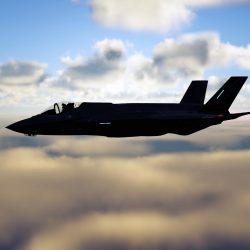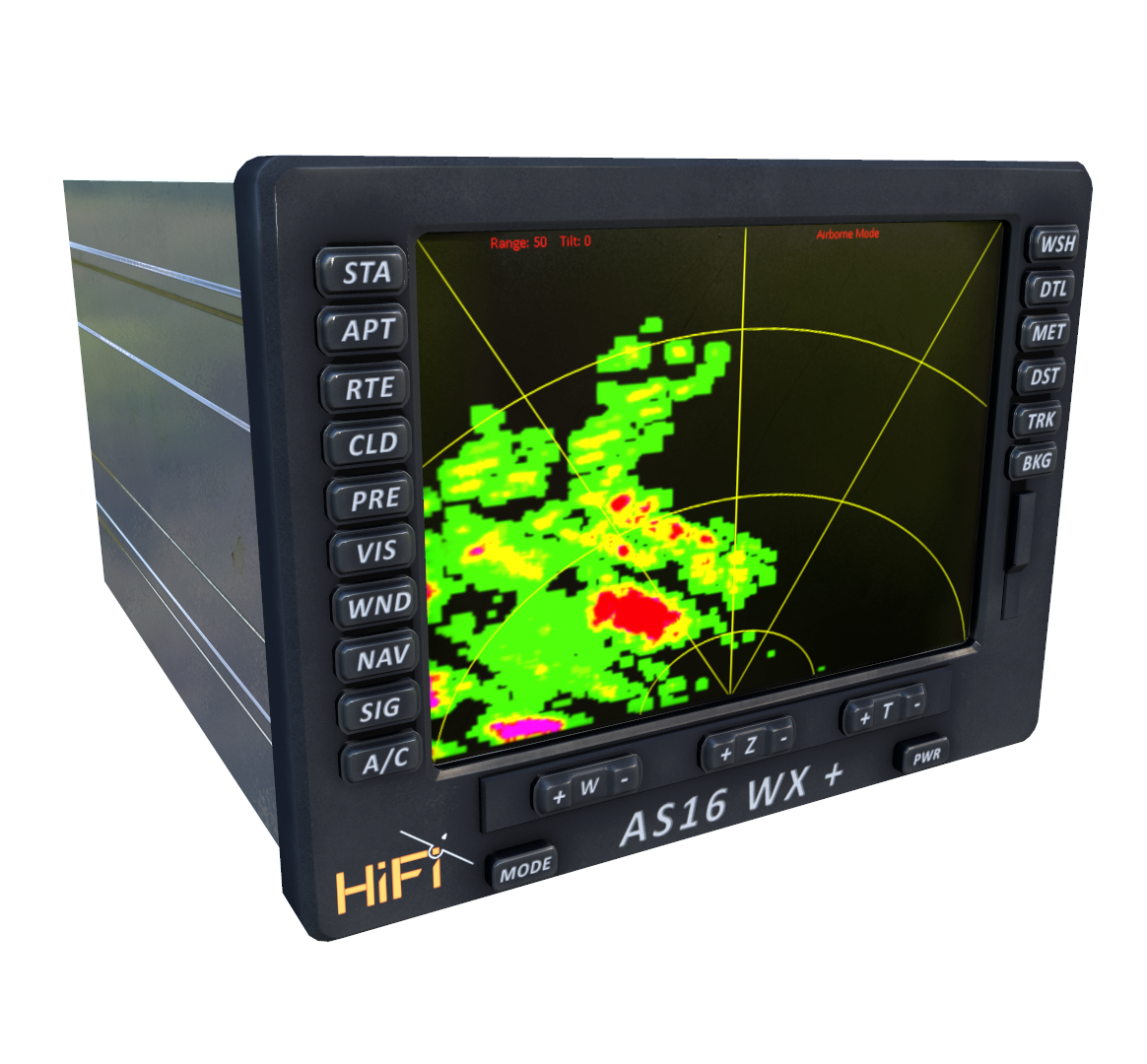


The prime contractor on the project is MDA and it was designed for three main uses: The RADARSAT Constellation Mission (RCM) includes three identical Earth observation satellites. It is also required to have a multi-polarization function to increase flexibility in its function, as well as be able to capture subsidence in terrain using Phase Preserving ScanSAR Processing. RCM is required to be able to access 95% of any point on the globe on an average day. Several requirements were established for the RCM by the Canadian government. The Canadian Government will own the satellites and data and will be responsible for its dissemination. The project was accepted given these three objectives would be met: deliver C-band data to users within the Canadian government, produce daily coverage for ice, ship, and oil spill detection, and meet financial constraints to minimize cost of the program. Working alongside industry partners, the Canadian Space Agency ( CSA) is in charge of mission planning and operations from their headquarters in Saint-Hubert, Quebec. However, after the failed landing of B1050, B1051 was used in this mission. Originally booster B1050 was planned to be used for this mission.

The three satellites were launched on 12 June 2019 at 14:17 UTC on board a Falcon 9 rocket. The RCM will provide the world's most advanced, comprehensive method of maintaining Arctic sovereignty, conducting coastal surveillance, and ensuring maritime security. Other improvements include more frequent area coverage of Canada and reduced risk of a service interruption. The primary goal of RCM is to provide continuous C-band SAR data to RADARSAT-2 users, as SAR imagery at a high temporal resolution is required by several users in the Canadian government. One of its most significant improvements is in its operational use of synthetic-aperture radar (SAR) data. With satellites smaller than RADARSAT-2, the RCM will provide new applications-made possible through the constellation approach-as well as continuing to provide C-band radar data to RADARSAT-2 users. The RCM's goal is to provide data for climate research and commercial applications including oil exploration, fishing, shipping, etc. The RADARSAT Constellation Mission ( RCM) is a three-spacecraft fleet of Earth observation satellites operated by the Canadian Space Agency. For the whole program and earlier satellites, see RADARSAT. This article is about the 2019 satellite mission.


 0 kommentar(er)
0 kommentar(er)
